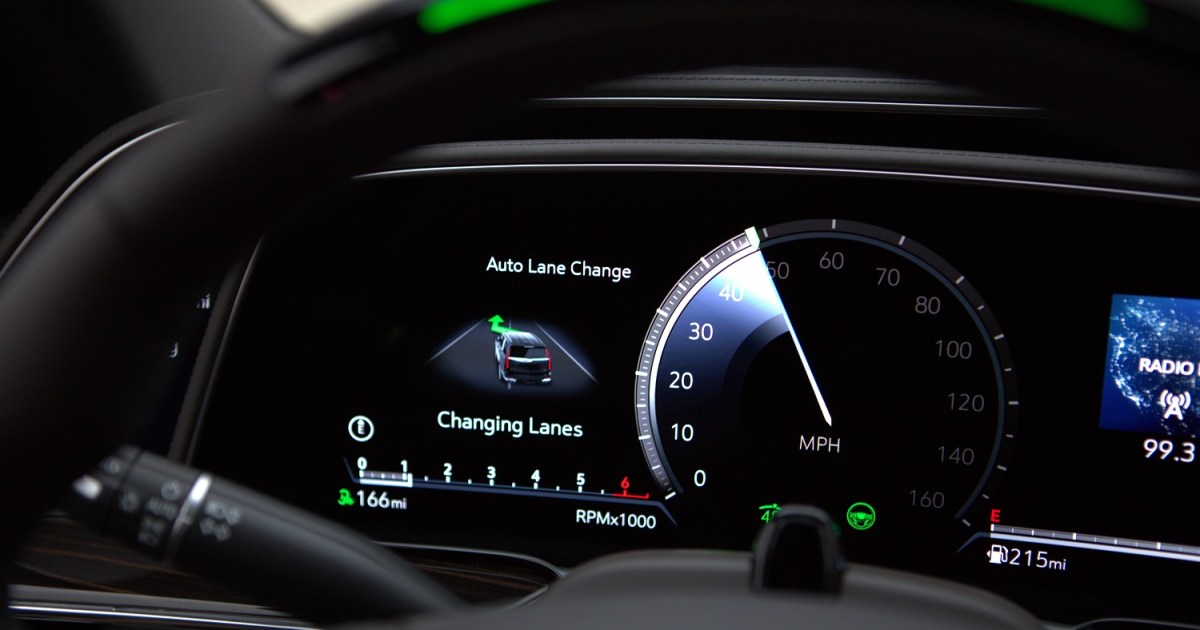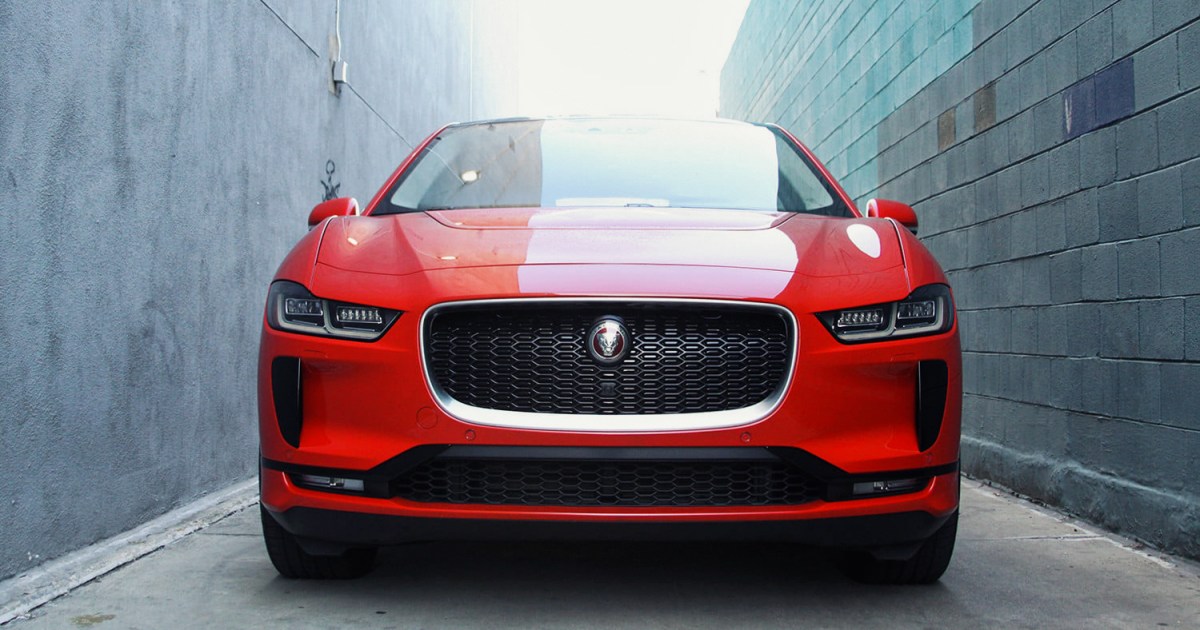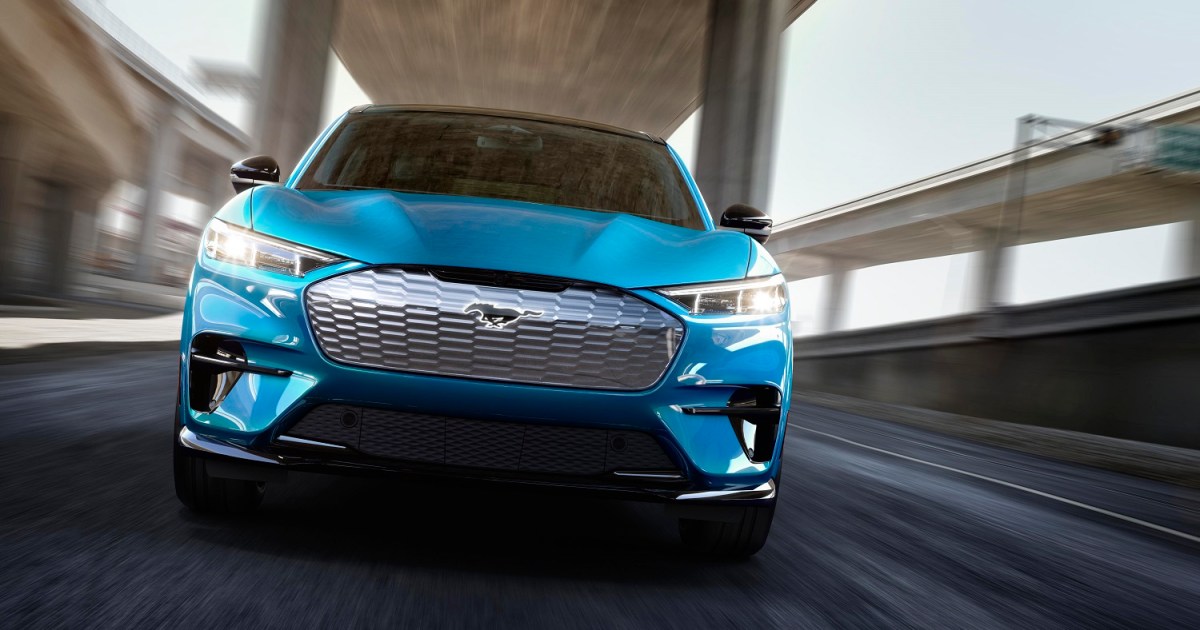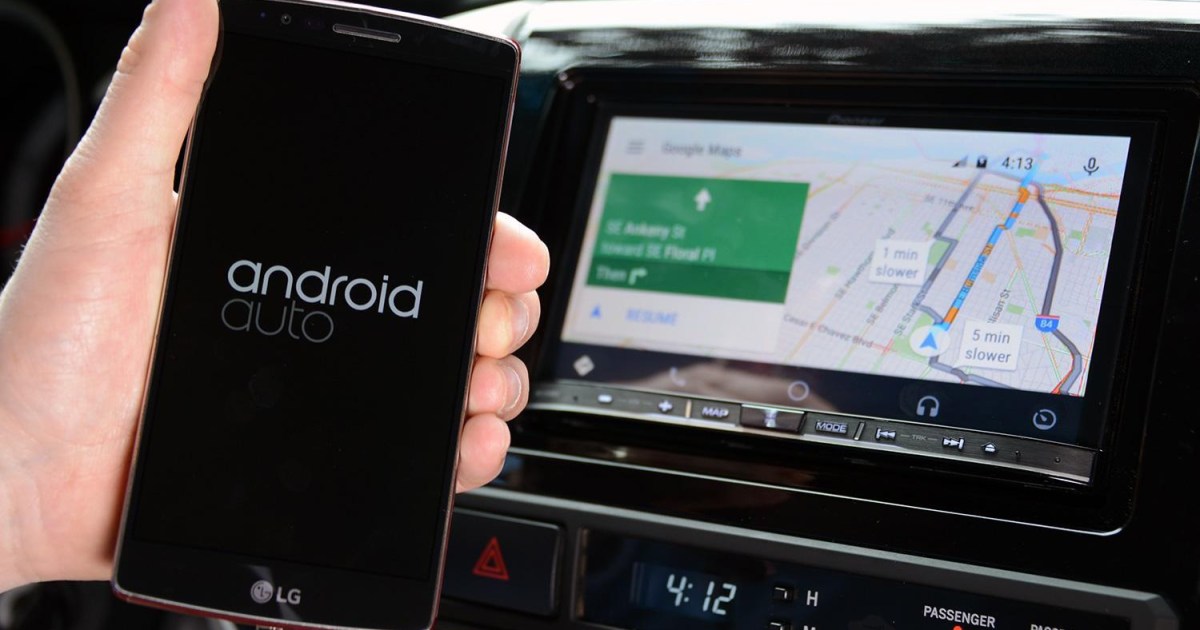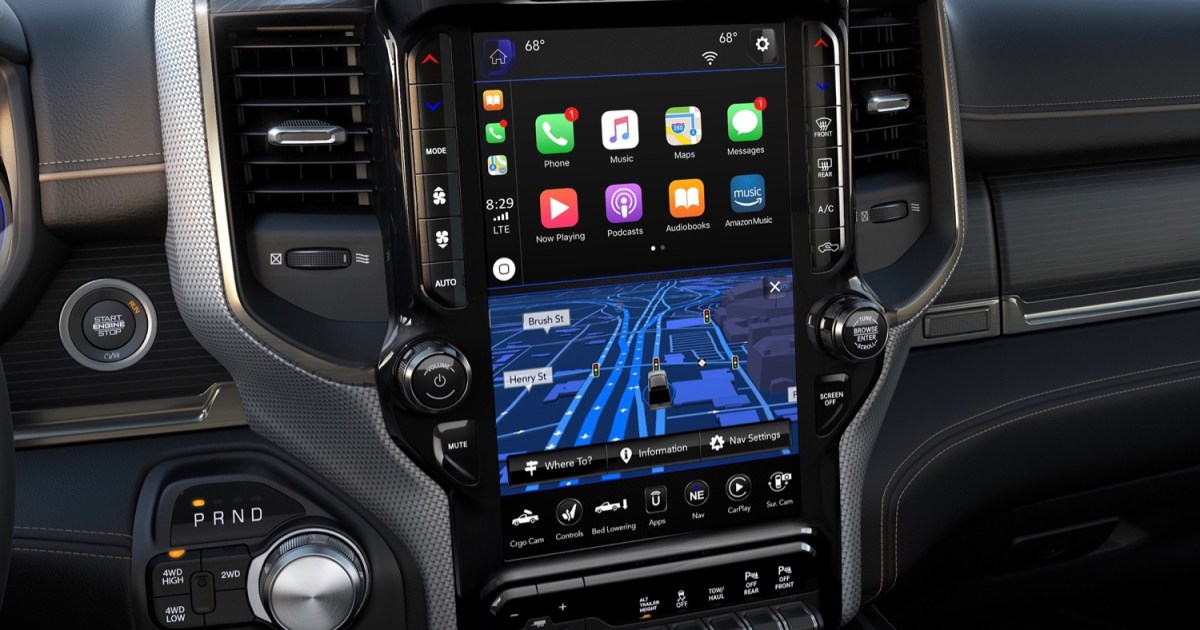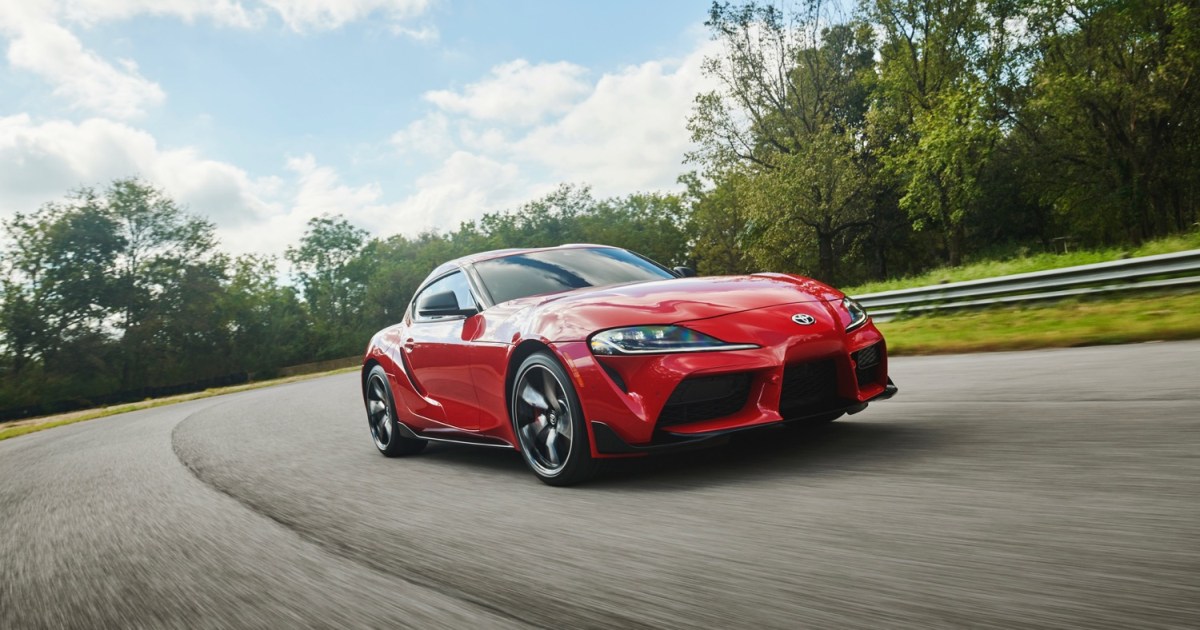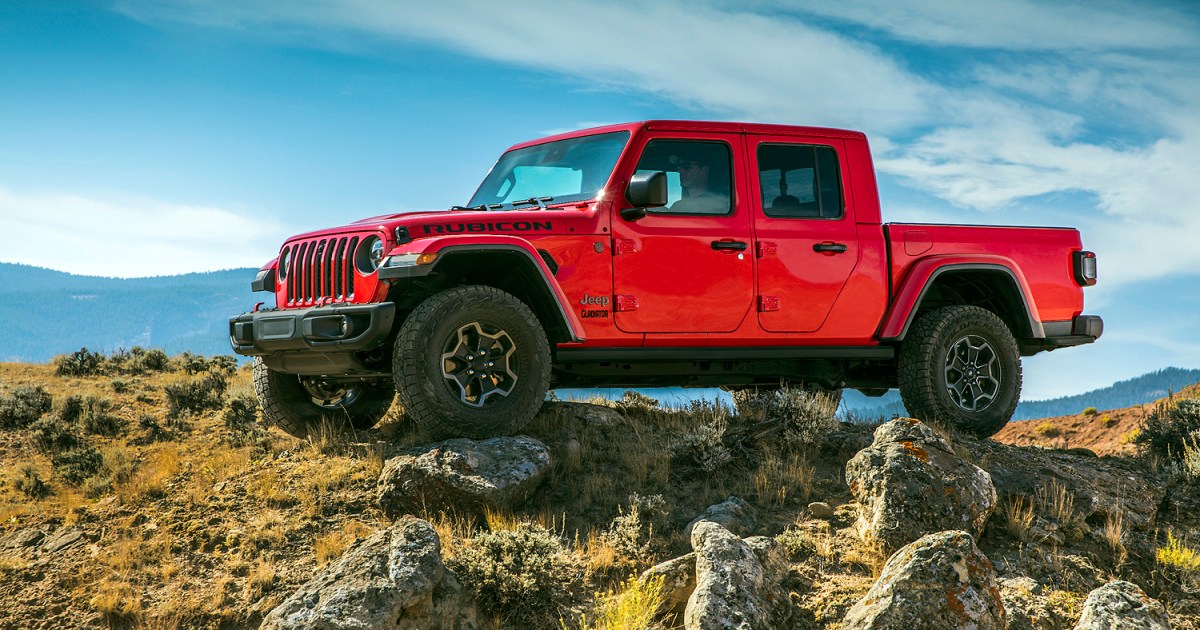Cadillac has emerged as a leader in semi-autonomous driving technology with its Super Cruise system. First introduced in 2017 on the now-discontinued CT6 flagship sedan, Super Cruise offers a genuine hands-free driving experience under suitable conditions, allowing drivers to navigate highways without touching the steering wheel or pedals. While perhaps less recognized than Tesla’s Autopilot, Super Cruise is poised for expansion across the Cadillac lineup, bringing with it significant enhancements, including automatic lane changing.
This guide provides a detailed overview of Cadillac Super Cruise, exploring its functionality, capabilities, and limitations.
How Super Cruise Works
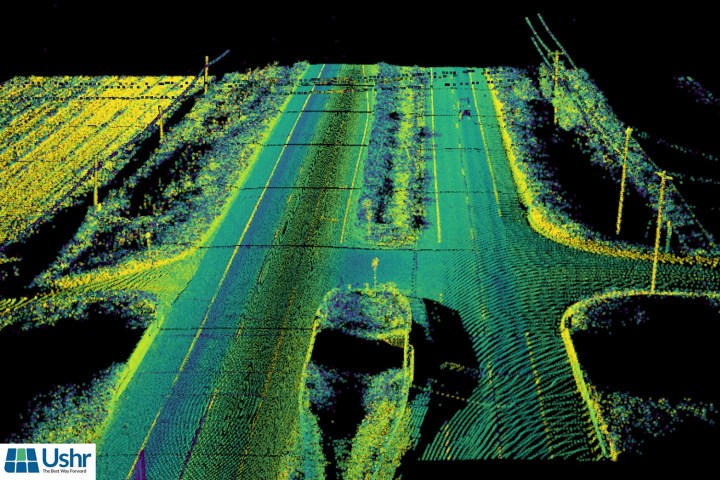 Cadillac Super Cruise lidar imageImage used with permission by copyright holder
Cadillac Super Cruise lidar imageImage used with permission by copyright holder
Super Cruise relies on a sophisticated network of cameras and radar sensors to monitor the road ahead. These components, similar to those used for lane-keeping assist and adaptive cruise control, are augmented by high-precision lidar map data and a driver attention monitoring system. This system uses an eye-tracking camera to ensure the driver remains focused on the road. This combination of technologies enables hands-free driving in a safe and controlled manner.
Activating Super Cruise is a simple process. Begin by engaging adaptive cruise control using the steering wheel button. The system then verifies several conditions: that the vehicle is on a mapped road within its database, that lane markings are clearly detectable, and that the driver is attentive. A steering wheel icon in the digital instrument cluster indicates when Super Cruise is ready to be activated.
Once these conditions are met, the driver can activate Super Cruise using the designated steering wheel button. The driver should wait for the steering wheel’s light bar to turn green before releasing the steering wheel. The instrument cluster displays intuitive, color-coded graphics providing information about the vehicle’s status and surroundings, including the set distance to the vehicle ahead and the current cruising speed.
The light bar serves as the primary communication interface between Super Cruise and the driver. A flashing green light prompts the driver to “pay attention” if the eye-tracking camera detects inattention. A red light indicates a lack of timely response from the driver. If the driver fails to regain control when prompted, the system issues audible and visual alerts, and will eventually slow the vehicle to a complete stop if necessary.
Super Cruise Limitations
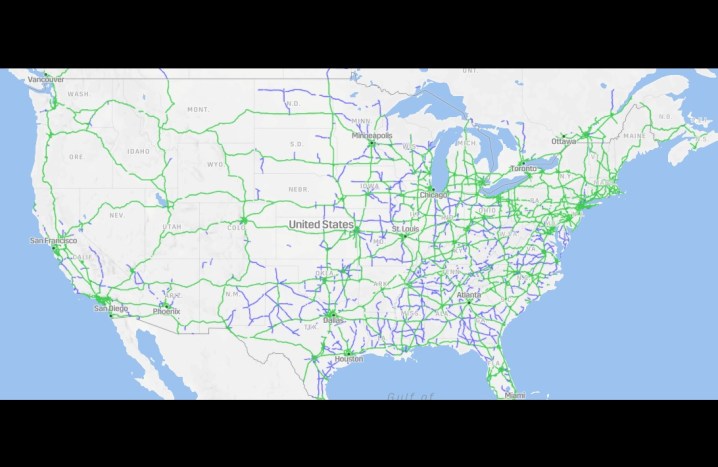 Image used with permission by copyright holder
Image used with permission by copyright holder
Super Cruise’s functionality is limited to highways that have been pre-mapped by Cadillac. The provided map illustrates compatible roads in the United States, showcasing the original 130,000 miles mapped prior to the system’s 2017 launch (green lines) and subsequent additions (blue lines).
It’s crucial to understand that Super Cruise does not transform a Cadillac into a fully autonomous vehicle. While it permits hands-free driving, the driver must remain vigilant and prepared to take control at any moment. Cadillac advises against using hands-free devices even when Super Cruise is engaged, emphasizing that visibility, weather, and road conditions can impact system performance. Furthermore, Super Cruise requires an OnStar subscription, an active Wi-Fi hotspot, and reliable cellular and GPS signals.
Super Cruise Availability
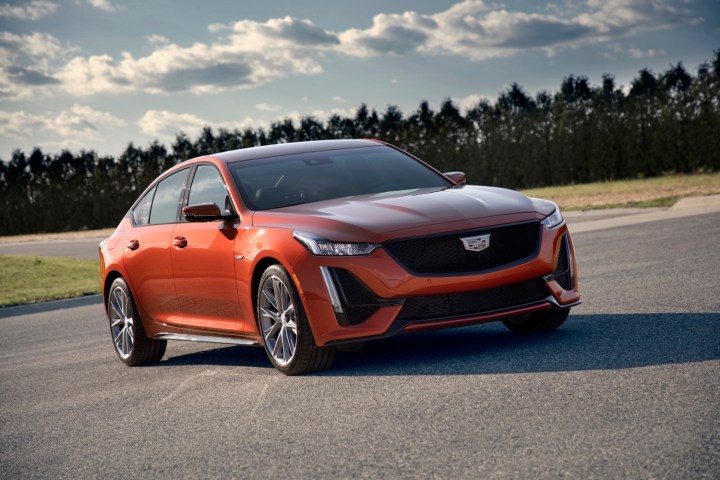 2020 Cadillac CT5-VImage used with permission by copyright holder
2020 Cadillac CT5-VImage used with permission by copyright holder
Currently, Cadillac is the exclusive brand offering Super Cruise. The CT4 and CT5 (pictured), successors to the ATS and CTS respectively, introduced the next generation of Super Cruise upon their release in late 2020. The fifth-generation Escalade also features this technology. It’s important to note that Super Cruise is an optional feature, not included in the base price of these models.
General Motors plans to expand Super Cruise availability to 22 vehicles by 2023. While specific rollout details remain undisclosed, GM President Mark Reuss has confirmed that SUVs and full-size pickups will be among the recipients of this technology.



